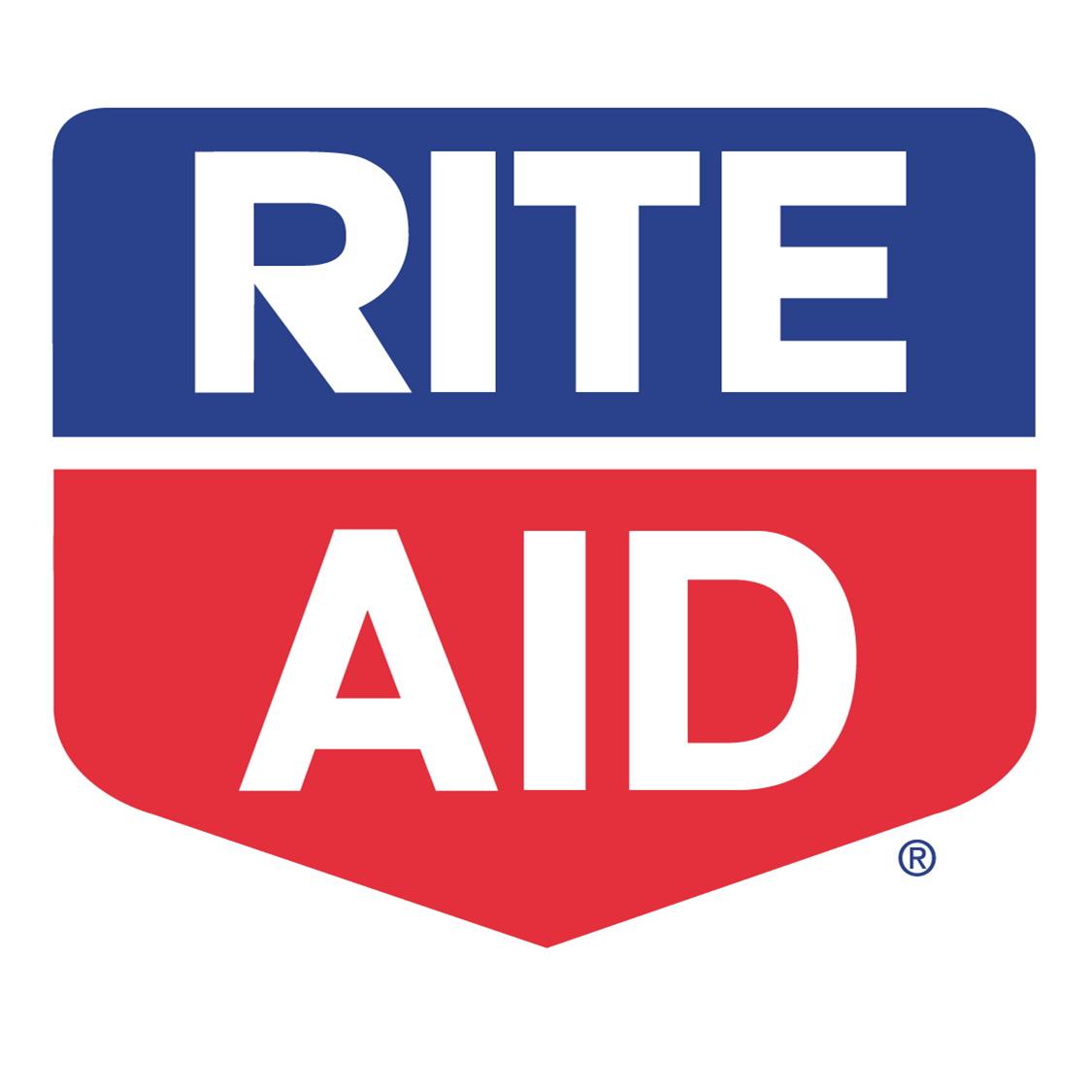Rite Aid Corp. (NYSE: RAD) has had one amazing recovery in its turnaround. There is an old-school $5.00 share price mark that many mutual funds and institutional investors (as well as margin investors) had. The goal was to keep funds from investing in penny stocks and stocks that might implode. We think that the old rule of thumb is ancient and largely has been worked around, if fund managers ever had conviction, but we still wanted to see if there is a reason that new institutional investors might want to take a look at Rite Aid now that its shares are back over $5.00.
24/7 Wall St. is looking at the present valuations of Rite Aid versus Walgreen Co. (NYSE: WAG) and CVS Caremark Corp. (NYSE: CVS). We would be quick to point that most hedge funds and many exchange traded fund and other index managers do not have any $5.00 rule regarding their investment parameters.
What investors need to know is that Rite Aid shares have rallied close to 300% from the lows of the last year and are up more than 200% year to date. The last time that Rite Aid shares were at $5 was back before the recession in 2007, and the stock has not traded at or above $10 since the year 2000.
Walgreen Co. (NYSE: WAG) has a market cap of $52.5 billion and trades at almost 18 times current year earnings. It also trades at about 0.7 times current year sales. CVS Caremark Corp. (NYSE: CVS) is worth some $71 billion in market cap. It trades at about 14.5 times expected 2013 earnings and at only about 0.56 times expected sales.
For Rite Aid, Thomson Reuters has a consensus of $25.3 billion in this year’s sales and $25.6 billion in next year’s sales. With a $4.56 billion market cap, that means that Rite Aid trades at only about 0.18 times revenue. It also trades at about 22 times expected earnings for the current year and about 17 times next year’s expected earnings.
What has happened is that Rite Aid is now back in profitability. The company is still leveraged in debt. CVS has a higher debt load than Walgreen, while Rite Aid’s balance sheet still is carried as a negative at -$2.35 billion in total shareholder equity and -$2.8 billion in net tangible assets, because it carries such a high debt burden still.
Institutional investors running basic screens will now have a more clear path to invest in Rite Aid shares if they wish. The problem is that these institutions already have missed a run up if they only now are zeroing in because of the $5.00 rule. Rite Aid is still cheap compared to peers on revenue metrics, but some serious caveats still exist.
Find a Qualified Financial Advisor (Sponsor)
Finding a qualified financial advisor doesn’t have to be hard. SmartAsset’s free tool matches you with up to 3 fiduciary financial advisors in your area in 5 minutes. Each advisor has been vetted by SmartAsset and is held to a fiduciary standard to act in your best interests. If you’re ready to be matched with local advisors that can help you achieve your financial goals, get started now.
Thank you for reading! Have some feedback for us?
Contact the 24/7 Wall St. editorial team.



